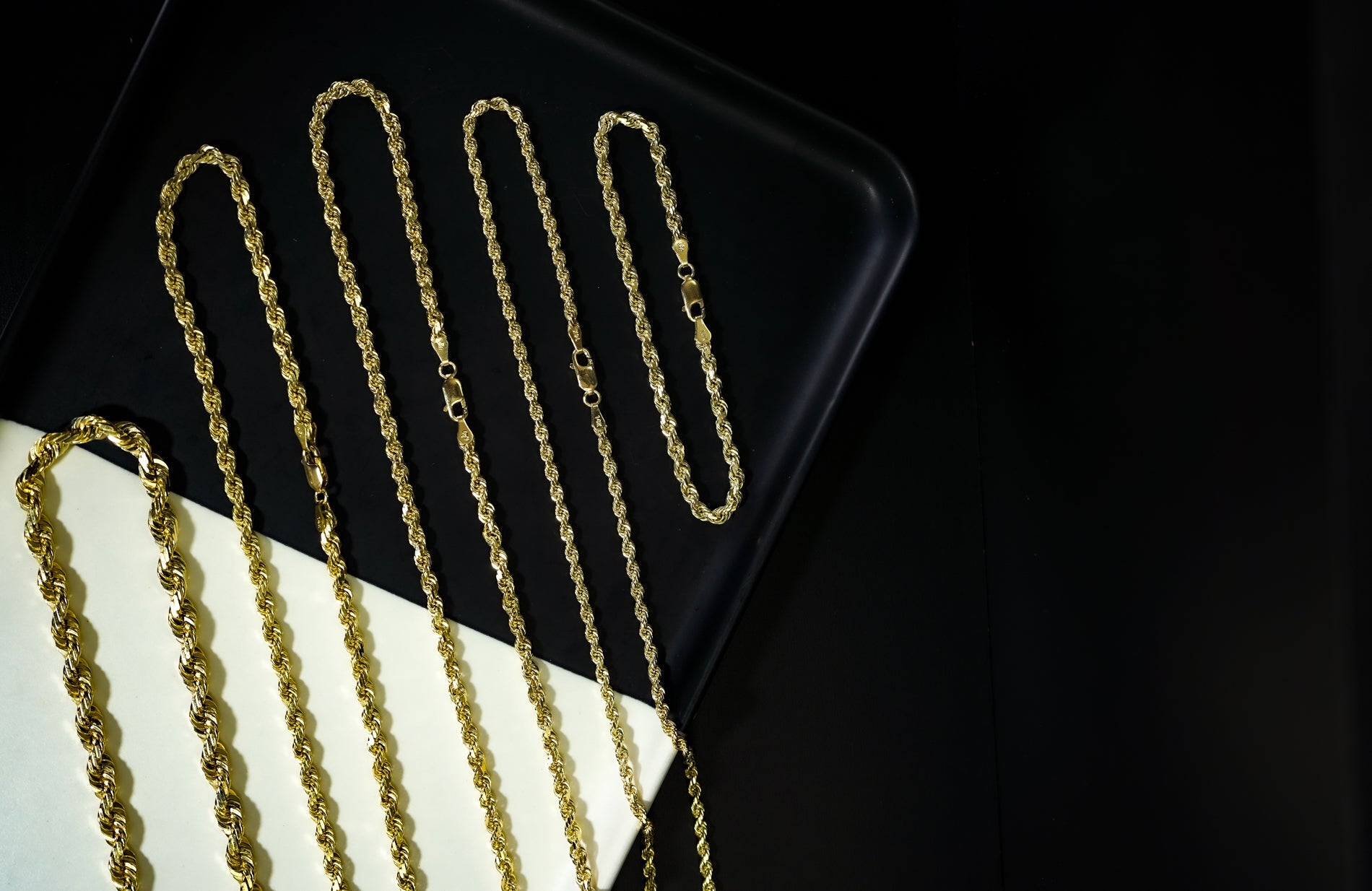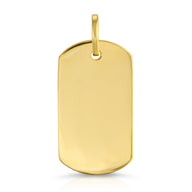15% OFF SITEWIDE CODE: BF25
We've all been there. You put on a piece of jewelry you love, and by the end of the day, you're left with an angry red rash, itchy skin, or a tell-tale green stain. It's frustrating, it's uncomfortable, and it's a clear sign that what you’re wearing isn't real.
The truth is, many people believe they're allergic to gold. But the pain, the itching, the eczema—that’s not a gold allergy. It’s a cheap metal allergy. The problem isn’t with the precious metal itself; it's with the counterfeit, reactive base metals hiding beneath a flimsy layer of plating.
This is why solid gold isn’t just a luxury; it’s the best choice for your skin. Here’s a breakdown of why real gold is hypoallergenic and what you need to know before you buy.
The Problem with Plating: The Allergic Reaction

Plated jewelry is made by electroplating a thin, microscopic layer of gold over a base metal. This base metal is usually an inexpensive alloy like nickel, copper, or brass. These are the real culprits.
-
Nickel: This is the most common cause of jewelry-related allergic contact dermatitis. When nickel comes in contact with moisture from sweat or water, it corrodes and releases salts that can cause severe rashes, redness, and itching.
-
Copper: While less common, a high concentration of copper can cause skin to turn green or black when it reacts with the oils and moisture on your skin.
-
Brass: A combination of copper and zinc, brass is another common irritant that can cause a reaction, especially in warmer conditions.
In short, your cheap jewelry isn't designed to last. It's designed to fail, and the moment that thin plating wears off, your skin is exposed to the very metals that cause all the painful side effects.
The Solution: Solid Gold
Pure gold is an inert, non-reactive element. It does not corrode, tarnish, or react with your skin's chemistry. This is why solid gold jewelry is inherently hypoallergenic.
-
Peace of Mind: With solid gold, you can wear your jewelry all day, every day—to the gym, in the shower, and even in the heat—without the fear of a breakout. It offers a level of comfort and security that plated jewelry can never provide.

The Karat Factor: Purity is Key
While all solid gold is hypoallergenic, the higher the karat, the purer and more non-reactive the gold is.
-
22K Gold: This is the purest form of gold used in jewelry. At 91.6% pure gold, it contains very few alloys, making it the most hypoallergenic option available—perfect for those with extremely sensitive skin.
-
18K Gold: Composed of 75% pure gold, this is a beautiful and highly durable choice that is still excellent for sensitive skin.
-
14K Gold: At 58.3% pure gold, 14K is a popular and durable option. While it contains more alloys, it is still far superior to plated jewelry and is generally considered hypoallergenic.
Don’t settle for jewelry that causes you pain. Your skin deserves better. Your style deserves better. Invest in a piece that will last a lifetime, not one that will leave you with a rash.
Shop our hypoallergenic solid gold collections and get the peace of mind you deserve.
#hypoallergenicgoldjewelry #metalallergy #skinallergytometal #goldisnonallergic #goldishypoallergenic




